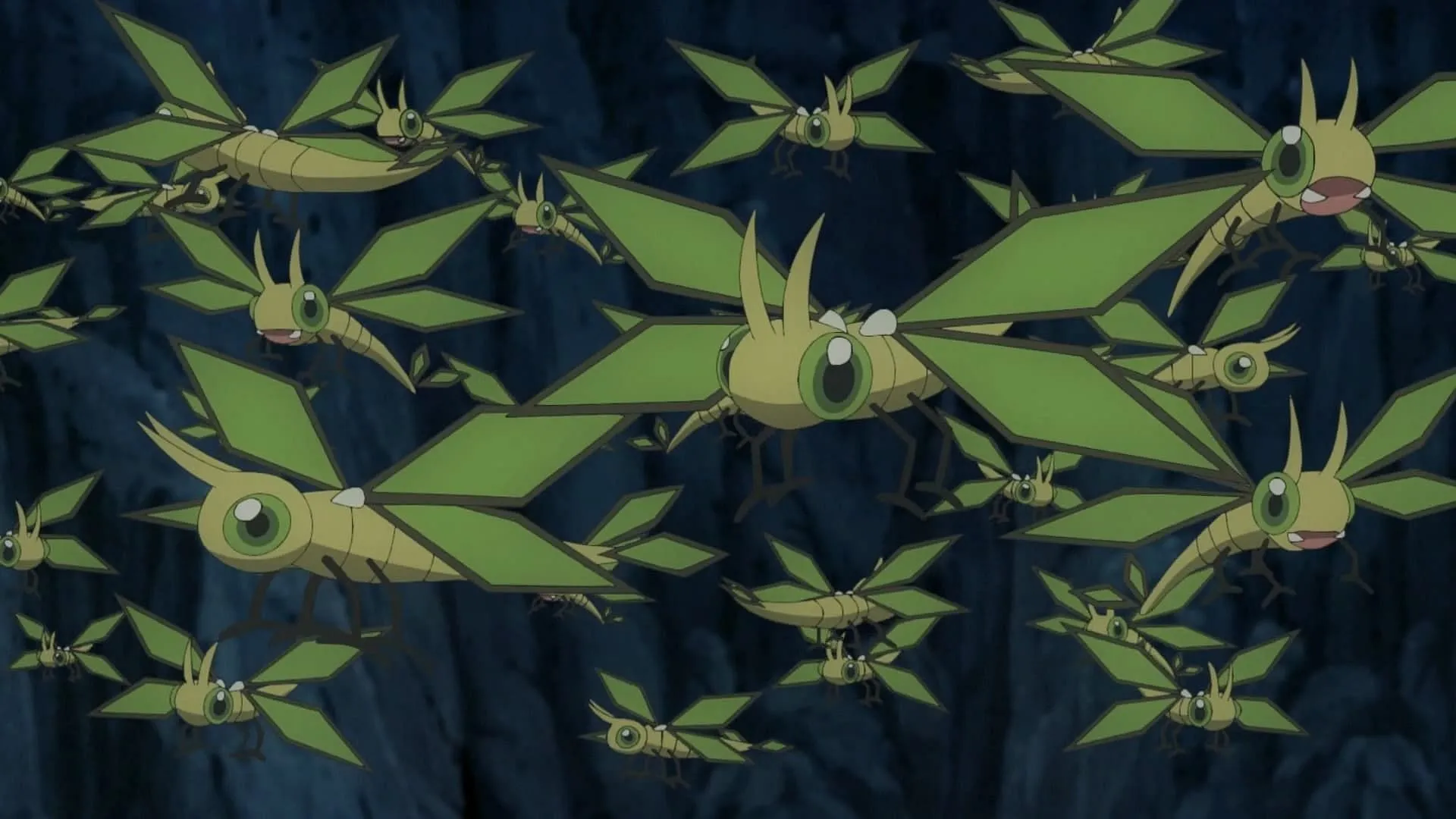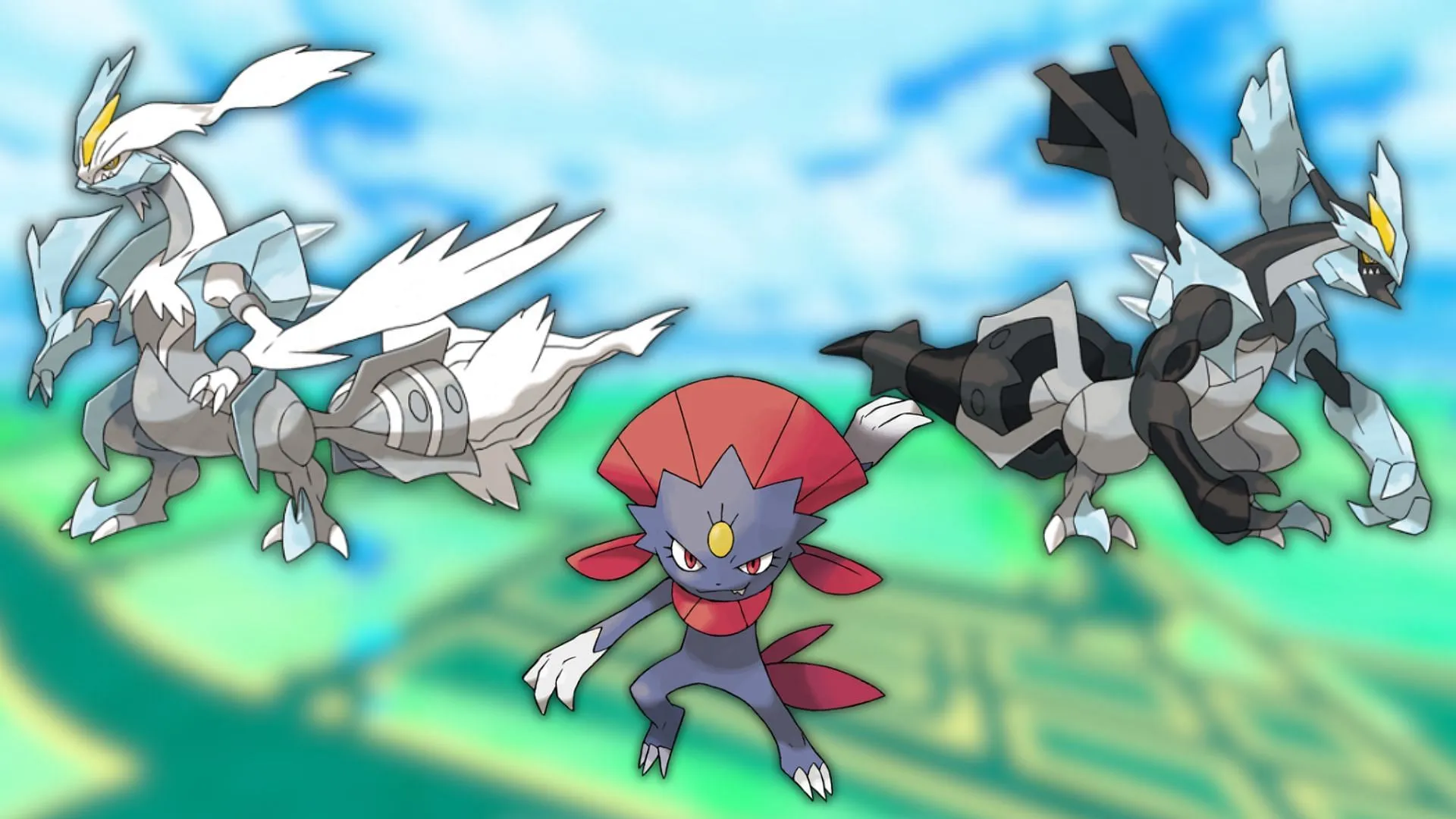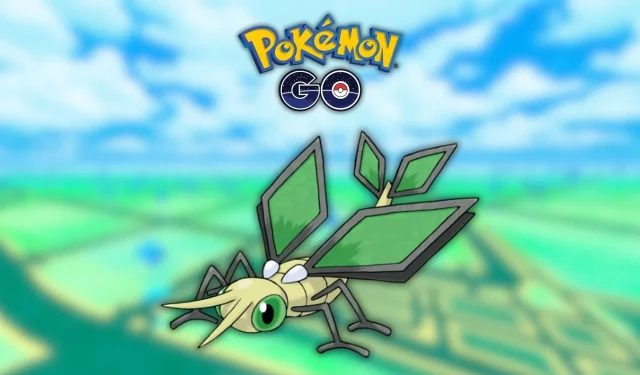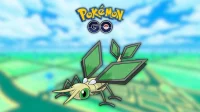Ultimate Guide to Soloing Vibrava in Pokémon GO
Vibrava, a unique Ground/Dragon-type Pokémon, can be found in 3-star raids in Pokémon GO. Though it may not pose the greatest challenge among raid bosses, trainers need a well-structured strategy to defeat it efficiently, considering its distinct typing and moveset. To successfully solo a Vibrava, focus on its vulnerabilities to Ice, Dragon, and Fairy-type moves.
This guide offers comprehensive insights into Vibrava’s statistics, optimal counter Pokémon, and essential strategies designed for a successful solo raid.
Key Stats for Vibrava

- Combat Power: 9,545
- Attack: 134
- Defense: 99
- Stamina: 3,600
Weaknesses and Resistances of Vibrava
Vibrava’s relatively low defense makes it susceptible to various robust attacks. Trainers who focus on its significant weaknesses, especially Ice-type moves, stand a great chance of achieving a quick victory.
Vibrava’s Weaknesses
- Ice-type: 256% damage
- Dragon-type: 160% damage
- Fairy-type: 160% damage
Vibrava’s Resistances
- Electric: 24.4% damage
- Fire: 62.5% damage
- Poison: 62.5% damage
- Rock: 62.5% damage
Understanding Vibrava’s Moveset
- Fast Attacks: Dragon Breath, Mud Shot, Sand Attack
- Charged Attacks: Bug Buzz, Bulldoze, Sand Tomb, Scorching Sands
Optimal Counters for Vibrava Without Weather Effects

To effectively solo Vibrava, utilize Pokémon that possess powerful Ice, Dragon, or Fairy-type moves. Below are the most effective choices when weather conditions are neutral:
- White Kyurem: Ice Fang and Ice Burn
- Black Kyurem: Dragon Tail and Freeze Shock
- Shadow Mamoswine: Powder Snow and Avalanche
- Shadow Weavile: Ice Shard and Triple Axel
- Galarian Darmanitan: Ice Fang and Avalanche
Enhanced Counters Based on Weather Conditions
Weather plays a crucial role in boosting the effectiveness of certain Pokémon. Here are additional counters that excel under specific weather conditions:
- Mega Rayquaza: Dragon Tail and Breaking Swipe
- Mega Glalie: Frost Breath and Avalanche
- Baxcalibur: Ice Fang and Avalanche
- Mega or Shadow Abomasnow: Powder Snow and Weather Ball (Ice)
- Mega Gardevoir: Charm and Triple Axel
- Shadow Mewtwo: Psycho Cut and Ice Beam
- Kyurem: Dragon Breath and Glaciate
- Glaceon: Frost Breath and Avalanche
- Shadow Porygon-Z: Hidden Power (Ice) and Blizzard
- Shadow Articuno: Frost Breath and Blizzard
- Shadow Cloyster: Ice Shard and Avalanche
- Cetitan: Powder Snow and Avalanche
- Mega Garchomp: Dragon Tail and Outrage
- Mega or Shadow Salamence: Dragon Tail and Draco Meteor
- Shadow Palkia: Dragon Tail and Draco Meteor
- Shadow Alolan Ninetales: Powder Snow and Weather Ball (Ice)
- Shadow Dragonite: Dragon Tail and Draco Meteor
Effective Tips for Soloing Vibrava
- Capitalize on Weaknesses: Ice-type moves inflict 256% damage, making them your best option for a quick takedown.
- Employ Shadow and Mega Pokémon: These Pokémon deal increased damage and benefit from enhanced stats and bonuses.
- Time Dodges Wisely: Keep an eye on Vibrava’s Bulldoze and Bug Buzz attacks; dodging them can prolong your counters’ effectiveness.
- Leverage Weather Boosts: Utilize Snowy and Windy weather to amplify your Ice and Dragon-type moves, increasing their potency.
- Level Up Your Pokémon: Ensure your attackers are at high levels with optimized movesets to enhance efficiency during the raid.
With a solid strategy and the right counters, soloing Vibrava in Pokémon GO transforms from a challenge to an achievable goal. By focusing on Ice-type attackers and optimizing weather conditions, trainers can conquer this 3-star raid boss with confidence.


